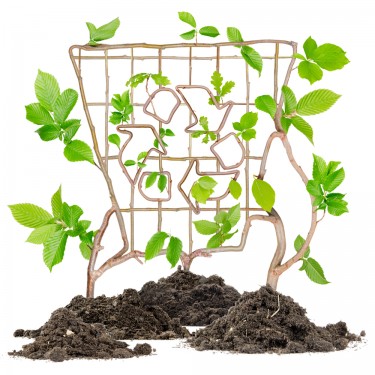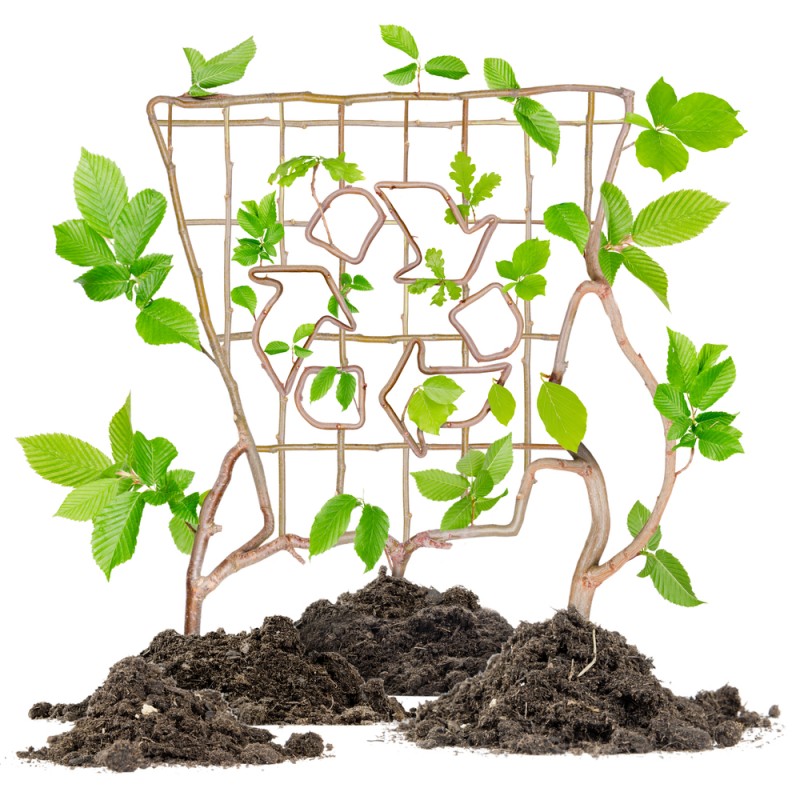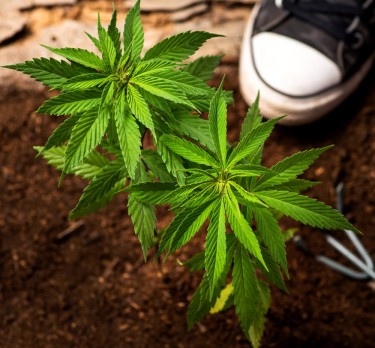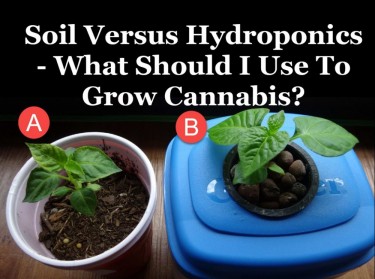How to Save Money by Reusing Old Soil?

There is a consciousness that has gripped all industries globally, and it is encapsulated in the term: sustainability. People are becoming more environmentally conscious and recycling or through sustainable practices.
The cannabis industry is on the sustainable path as well, hence the discourse on how to reuse old soil for planting cannabis. Aside from the fact that reusing old soil helps you save money, the practice also improves your soil quality.
Reuse old soil for cannabis plant
You don’t have to buy new soil whenever you want to plant cannabis plat in a pot. If the soil is disease and insect-infested, you can’t use it, but if it isn’t, you can reuse it. By revitalizing and reusing good old soil, you will be keeping your costs on growing cannabis low.
Cannabis plants suck in a lot of nutrients with the help of soil microbes when they are planted. During the vegetative stage, they require nitrogen, and during the flowering stage, they need calcium and magnesium. So it is safe that after harvesting your cannabis, the plant may have taken all the nutrients in the soil.
However, the cannabis plant also offers other benefits to the soil; it enriches the soil structure such that the earth is healthier with the cannabis plant in it.
The health of the soil to be reused
For any grower to reuse soil for cannabis, he needs to ensure that the soil to be reused has undergone rehabilitation. The soil must have had composting done on it, with regular fertilization and mulching of the potted plants, so the soil remains healthy at every stage of its life cycle.
A well-prepared soil will maintain its health, vitality, nutrients and become disease-free. When reusing the soil, you recommend using a bigger pot that gives the old soil better access to oxygen.
On the other hand, if the old soil is uncared for and stressed, it can become hydrophobic: this is when it is exhausted and weak with no nutrients or minerals to offer. The soil will collapse because of a lack of structure, which happens to soil left under the sun for too long. The sun will leech off its nutrients, and those nutrients will have to be replenished before the soil can be used again.
You cannot work with or reuse the soil if it was previously invaded by pathogens or is generally unhealthy. Pack the soil in a bag and discard it: if you mix it in a garden bed or compost, the pathogens will spread to the entire garden.
Diseases can linger on in soil even after a long time when you think it is no longer there. Several species like gnat and mites and fungus ad rot can hide inside the soil, making it a high-risk soil for new plants.
After discarding the infected soil, remember to wash your hands before touching the healthy soil or plants. Wash the pots in which the infested soil was used with warm soapy water to ensure all vectors is scrubbed out.
How to reuse potting soil
You can create nutrient-rich recycled and sustainable soil that gives your new plant everything it needs with the promise of a robust harvest. First, you need to learn how to use the old soil.
It’s a three-step easy process:
-
Clean
First, you’ve got to clean the soil by running it through your fingers to eliminate harmful debris and old root ball.
-
Revitalize
Then revitalize the soil with enzymes. Enzymes are small machines made out of proteins that provide chemical reactions for the soil. Like fungi and bacteria, enzymes process organic matter in the soil, boosting the soil’s vitality.
-
Reuse
Now you are ready to reuse the soil!
How to use enzymes to rebuild the used soil
-
Get rid of the old root ball from the soil
-
Choose a plant-safe and phytotoxic enzyme product (You can buy the enzyme product in cannabis plant shops).
-
Place the substance on your growing medium (where you intend to grow the plant)
-
Add some amendments such as worm casting and humic acid: this will reintroduce essential minerals into the growing channel.
-
Leave the growing medium to rest for three months: this will allow the enzymes to catalyze the organic material.
-
Mix the substance in the growing medium regularly so it can aerate the soil.
Although the enzyme method is very effective, it takes a very long time (three months) before the soil can be reused. So what other options do you have? Well, you can also try the boiling and amending method, which is faster. To use this approach, you will have to:
-
Break the soil down by emptying your planting container and loosen up the soil. Break the soil up with your hands or with a gardening tool.
-
Get rid of roots and worms with the worms placed in your compost pile, which will serve as organic matter for the soil.
-
Pasteurize the soil by pouring boiling water over your soil and allowing it to sit for an hour. Strain off the water and let the soil dry in the sun.
-
Add beneficial fungi and bacteria, which are healthier and more productive to the plants.
-
Now you have rebuilt the soil so top up with some extra soil through aged compost.
-
Transplant the seedlings into the rebuilt soil and watch them grow!
Bottom line
Some people erroneously believe that the cannabis plant directly gets its nutrients from the soil. But the truth is that the plants work with microbes to get the nutrients, and then the plant trade the sugars it got from photosynthesis for the nutrients.
Soon enough, the soil becomes depleted of some crucial nutrients hence the reason cannabis growers change their growing techniques from time to time. Soon enough, waste, debris, dead microbes, pieces of roots, and insect parts start to build up in the soil. At this stage, you know the soil is ready to be reused.
But instead of planting cannabis immediately, you will need to add enzymes that will speed up the decomposing process, which is now transformed into accessible nutrients. The nutrients make the used soil valuable again, and that is how you save money by reusing old soil.
The next time you harvest your cannabis buds, remember to keep the leftover soil, add the necessary enzymes, and tap into renewed soil with accumulated nutrients.
SOIL AND MORE, READ THESE...
CANNABIS SOIL PREP - WHAT TO DO AND NOT TO DO FOR PLANTING WEED!








